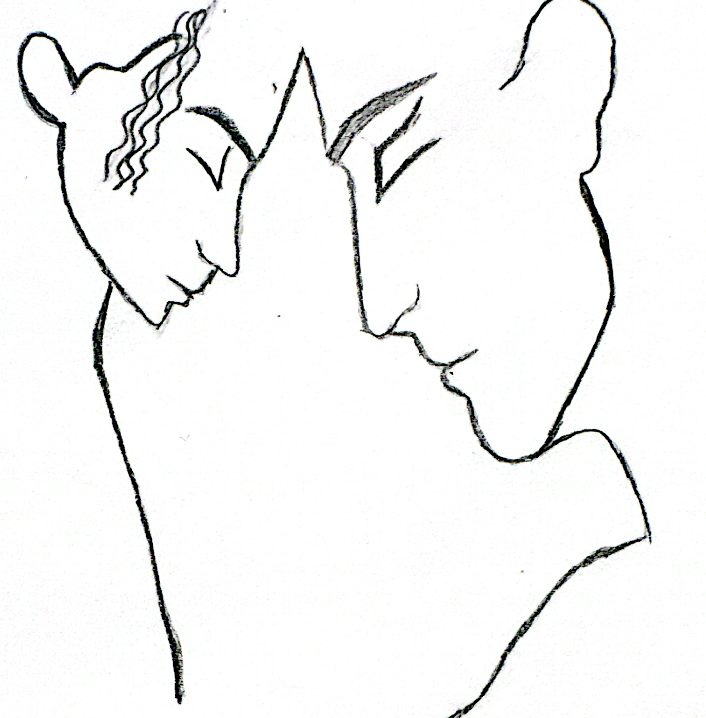Few periods in history shine as brightly as the Regency era. Spanning the years 1811–1820, this dazzling chapter of British history blended cultural refinement, groundbreaking innovation, and transformative social change. It was a time of elegance, progress, and style—a time when individuality and creativity flourished. From its revolutionary ideas to its breathtaking architecture and iconic fashion, the Regency era wasn’t just a remarkable time to live—it was arguably the best.
A Social Revolution: Equality and Self-Determination
The Regency era was a time of transformation. The ideals of equality and self-determination, inspired by the French Revolution, started to challenge the long-standing hierarchies of monarchy and divine right. While England didn’t experience the same upheaval as France, these ideas still sparked meaningful change. A growing middle class began to assert its influence, and the rigid social structure of the past gradually started to crumble.
“People began to believe they were born with the right to self-determination,” explained Ms. Long.
This shift in mindset laid the foundation for movements like women’s suffrage and expanded voting rights. Imagine living in a time when these revolutionary ideas were just beginning to take hold—a time when people dared to dream of a fairer, freer world. The Regency era wasn’t just about beauty; it was about progress, and that’s what made it extraordinary.
Fashion Fit for a Fairytale
Regency fashion was elegance personified. Women’s empire-waist dresses, inspired by classical Greco-Roman designs, flowed with a regal grace, making them look and feel like royalty. Men, on the other hand, embraced a polished sophistication with tailored coats and cravats that exuded refinement and charm. But fashion in the Regency era wasn’t just about appearance—it also reflected the tensions between progress and control. Ms. Long once mentioned that as women began advocating for voting rights, their dresses were designed without pockets to prevent them from secretly passing notes. Even so, Regency fashion remains timeless and iconic. It was a time when every outfit told a story, blending simplicity and luxury into styles that still captivate us today.
Architectural Splendor: The Regency Legacy
Architecture during the Regency era was breathtaking, defined by balance, symmetry, and elegance. Visionary architects like John Nash transformed cities, leaving behind masterpieces like Regent’s Park and Buckingham Palace. These weren’t just buildings—they were cultural statements, reflecting the era’s dedication to beauty and harmony. Walking through a Regency city must have felt like stepping into a painting, with neoclassical designs blending perfectly into the urban landscapes. These spaces weren’t just visually stunning; they were places where people gathered to celebrate the sophistication of their time. Ms. Long and I once discussed how the architecture of the Regency era wasn’t just about aesthetics—it was about creating a world that inspired and uplifted, leaving a legacy that remains iconic centuries later.
A Literary Golden Age
One of the most enchanting aspects of the Regency era was its explosion of creativity in literature. This was the age of Jane Austen, an author I truly admire, whose novels like Pride and Prejudice and Sense and Sensibility are as witty, romantic, and relatable today as when they were first written. Austen didn’t just tell stories; she captured the essence of her world, weaving themes of love, class, and ambition into works that feel timeless. And it wasn’t just Austen—this era was alive with creativity. Mary Shelley was crafting Frankenstein, Lord Byron was redefining poetry, and so many others were shaping the literary world. Imagine living in a time when these iconic works were being created, when stories were becoming something transformative. For me, this is what makes the Regency era irresistible. As someone who finds euphoria and escape in classic novels, the thought of being surrounded by such literary brilliance feels like a dream. These authors didn’t just write—they captured the soul of their time, leaving behind treasures that continue to inspire. If there’s any time when literature truly flourished, it’s this one, and that’s reason enough to call it extraordinary.
An Era of Elegance and Excitement
Beyond its reforms and innovations, the Regency era was simply fun. It was a time when social refinement reached new heights, with dazzling balls, soirées, and endless opportunities for romance. But this wasn’t just mindless entertainment—it was a world where wit and charm were highly valued, where every social interaction felt like an art form. Even the quirks of Regency life, like the tradition of wearing white only during certain seasons, added to its charm. This was a time when life felt grand and meaningful, and every moment was an opportunity to celebrate beauty and connection.
Progress That Changed the World
While the Regency era dazzled with its elegance, it was also a time of practical advancements. One of the most significant changes was the introduction of the metric system—a move toward standardization that symbolized the era’s shift away from arbitrary rules and toward equality and logic.
“The metric system replaced systems based on lords or kings,” as Ms. Long once explained.
This shift may seem small, but it reflected the larger cultural movement toward fairness and progress. The Regency era wasn’t just about appearances—it was about creating a better, more practical world.
Conclusion: A World of Possibility
The Regency era was more than just a moment in history—it was a masterpiece of human achievement. It was a time when elegance and progress came together to create a world that was beautiful, innovative, and full of hope. Imagine yourself in a grand ballroom, surrounded by grace and charm, or walking through a city where every piece of architecture told a story. Picture a world where groundbreaking ideas were just beginning to shape the future. That’s the Regency era—a time when life felt like art, and everything seemed possible. It wasn’t perfect, of course, but it was a time when humanity dared to dream of something better. And that’s why I believe the Regency era wasn’t just a remarkable period to live in—it was the most outstanding.







